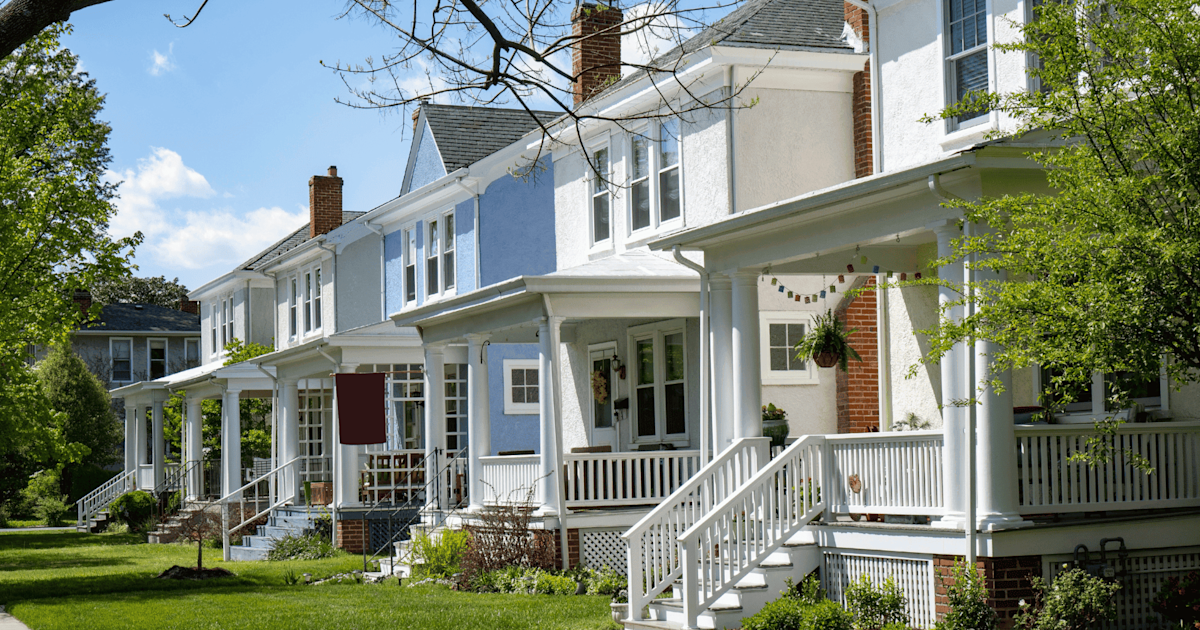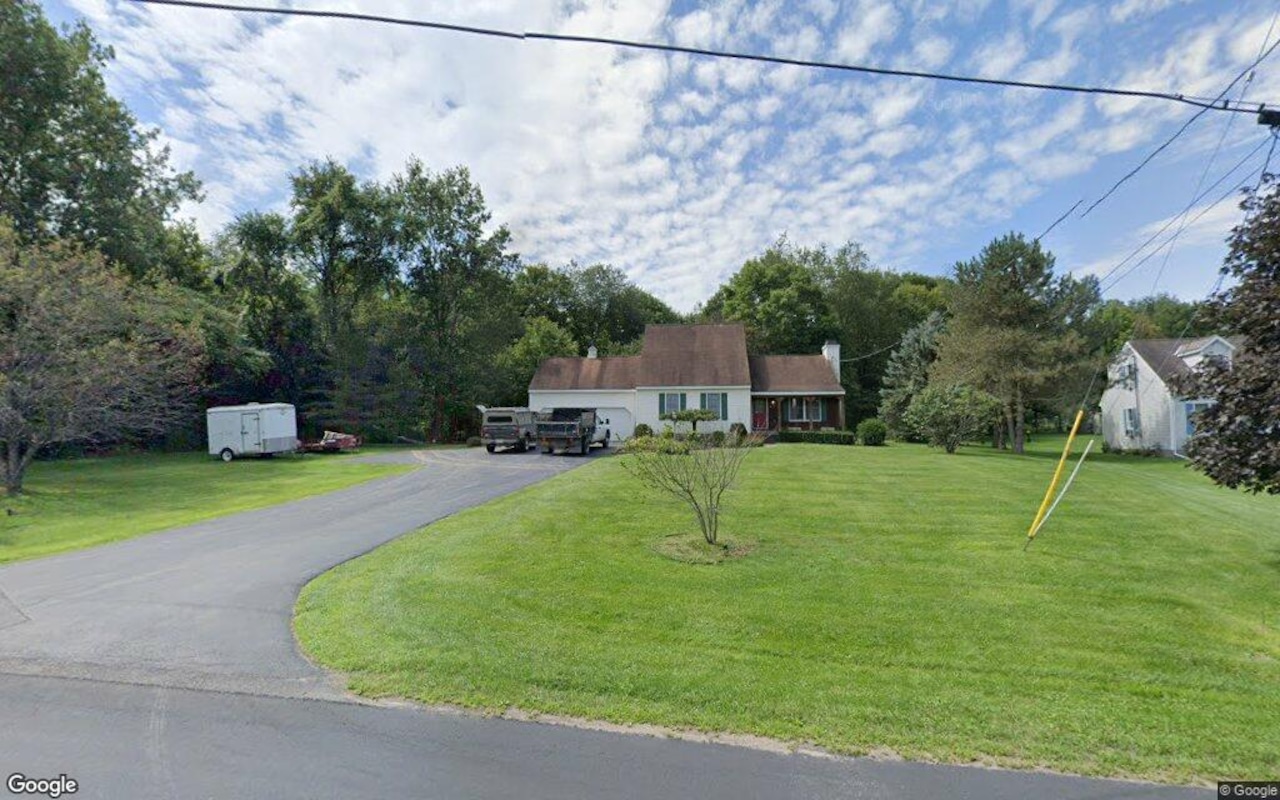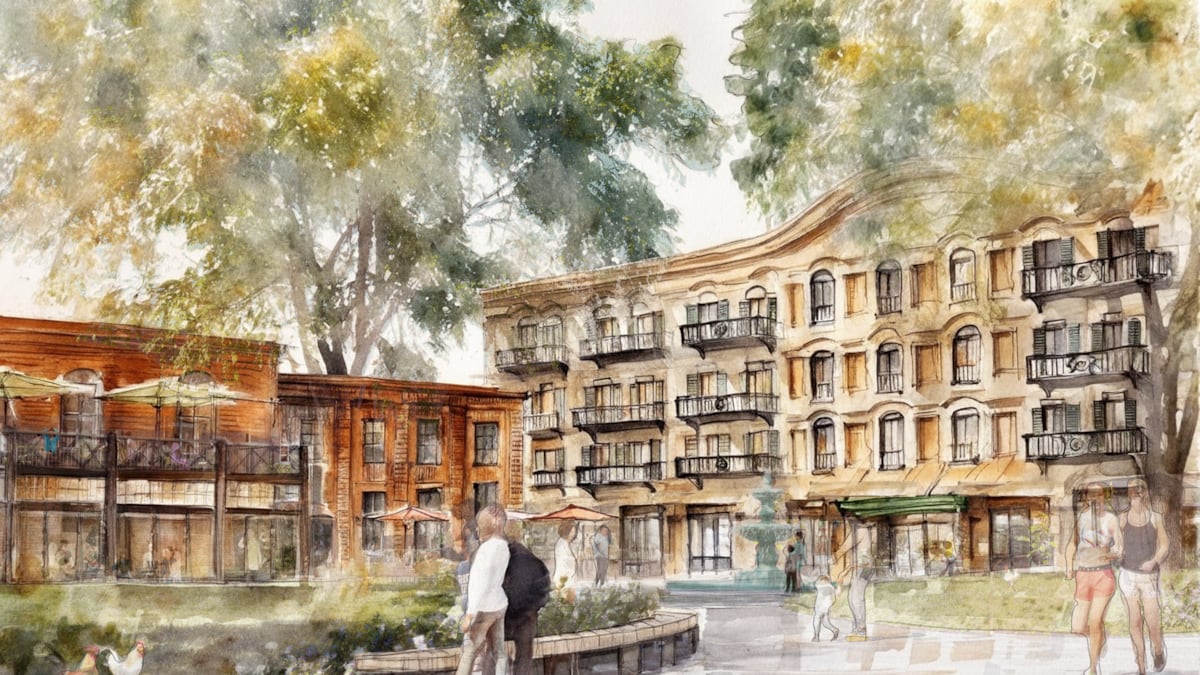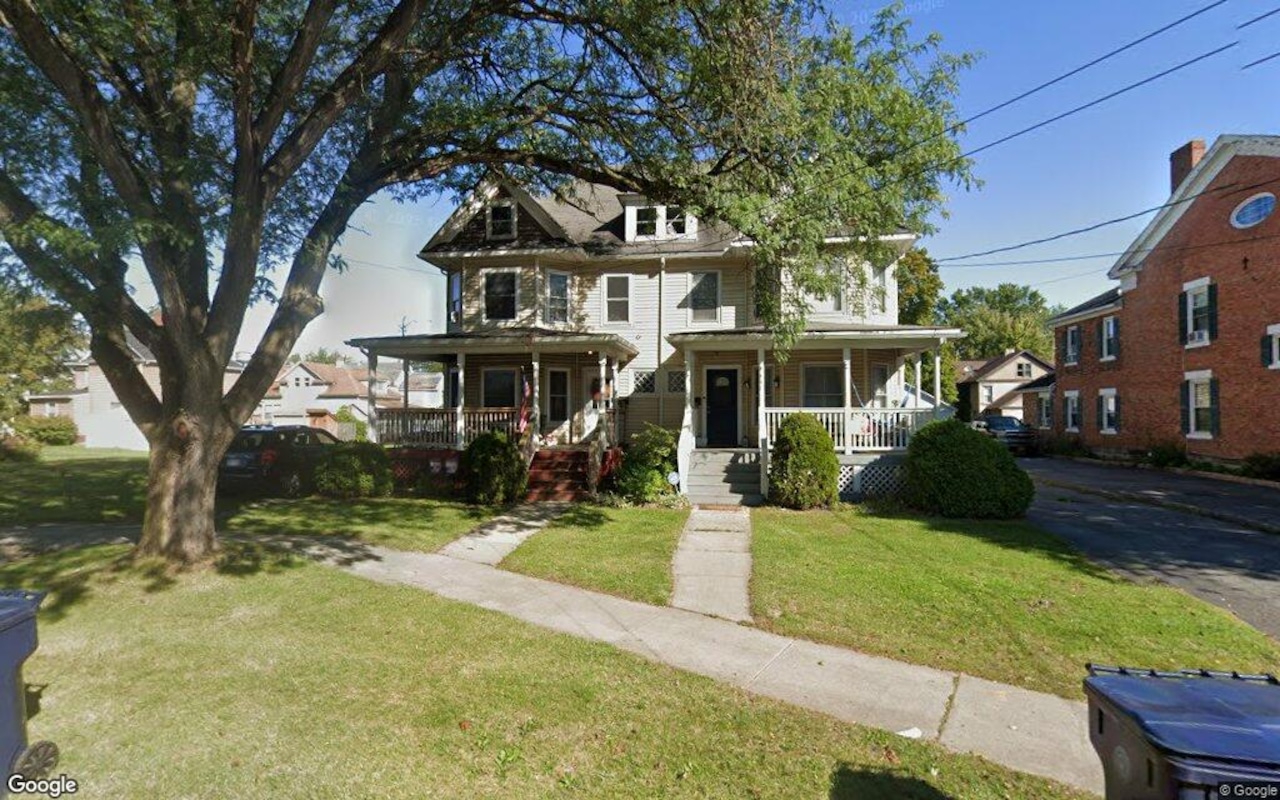T
he typical home purchased in the US has reached a new record age of 36 years, according to Redfin's analysis of MLS data. This is nearly a decade older than the median home bought in 2012, when it was 28 years old. The main reasons for this trend are that older homes tend to be more affordable and new home construction has been lagging since the Great Recession.
New home construction from 2020 to 2029 is expected to result in the second-lowest share of homes built in any decade since the 1940s, with only 3.1% of existing homes built between 2020 and 2023. This shortage has led to a shrinking price gap between older and newer homes, making it less attractive for buyers to opt for vintage properties.
The typical home purchased in 2024 was 36 years old, with single-family homes averaging 36 years, condos 38 years, and townhomes 23 years. In contrast, the median age of single-family homes bought in 2012 was 28 years. The trend is stronger in some US metros, such as Buffalo, New York, where the typical home purchased last year dated back to 1955.
The drop-off in new home construction can be attributed to the Great Recession, with only 9% of existing homes built from 2010 through 2019, the smallest share since the 1940s. The situation does not appear to be improving, with only 3.1% of existing homes built between 2020 and 2023.
Buyers who choose older homes today are saving less than they used to. In 2024, the median price of a newer home was 31.6% more than that of an older home, compared to a 77.9% price gap in 2012. Additionally, buyers of older homes face higher maintenance costs and may not get the updated features that come with newer homes.
Without sufficient new construction, buyers are forced to choose from a pool of aging properties that present financial challenges, especially for those trying to save enough money to climb onto the property ladder. As Redfin Senior Economist Sheharyar Bokhari noted, "Older homes have aging systems, energy inefficiencies, and a steady stream of maintenance costs that can quickly add up after move-in."















